- Abstract
- Underemployed people aged 15-64 working less than 35 hours per week (percentage of working-age population)
- Underemployed people aged 15-64, working less than 35 hours a week (percentage of working-age population) (Worldwide)
- Underemployed people aged 15-64 years, working less than 35 hours per week (% of working-age population) (World, latest year)
- Underemployed people aged 15-64, less than 35 hours per week (percentage of working-age population) (region, latest year)
- Reference
Abstract
Digging deeper into recent trends in employment underemployment rates, particularly those aged 15-64 years who are underemployed for less than 35 hours a week, highlights the challenges facing countries like Moldova. Moldova’s high rate of 13.2% in the 2021 data reflects its economic fragility and labour market imperfections. The underlying factors are thought to be an increase in non-regular employment, worsening working conditions, and economic instability. Furthermore, the particularly high rates of underemployment among young people and women also suggest social disparities and inequality in educational opportunities. These factors combine to impede sustainable economic growth and call for improved policies. International support and a domestic overhaul may be the ultimate solution for Moldova.
Underemployed people aged 15-64 working less than 35 hours per week (percentage of working-age population)
Across the data from 1980 to 2021, the proportion of underemployed people working less than 35 hours shows notable changes, especially in South Korea. After hitting a staggering 99.2% in 2012, in 2021 it had fallen to 30.1%. This dramatic change reflects the impact of South Korea’s economic growth and labor market reforms. The government has implemented measures to improve working conditions and promote regular employment. Furthermore, technological advances and international competition may have increased labor market flexibility and alleviated underemployment. Meanwhile, other countries continue to face high rates of underemployment, economic fragility and social inequalities. As such, the Korean case highlights the importance of policies aimed at improving labor markets and may serve as a guide for other countries.
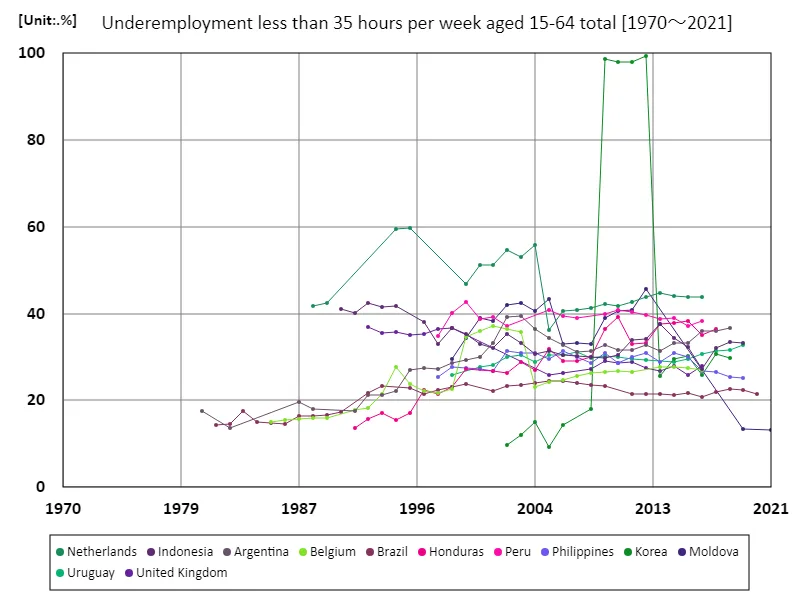

The maximum is 99.2%[2012] of Korea, and the current value is about 30.1%
Underemployed people aged 15-64, working less than 35 hours a week (percentage of working-age population) (Worldwide)
Considering data from 1980 to 2021, the proportion of 15-64 year olds who are underemployed working less than 35 hours per week shows very significant changes, especially in South Korea. In 2012, the underemployment rate recorded an extreme 99.2% but by 2021 it had fallen to 30.1%. This dramatic improvement demonstrates the results of the labor market reforms and employment policies implemented by the Korean government. Specifically, it is believed that the promotion of regular employment, improvements to working conditions, and the introduction of flexible working styles have been effective. Meanwhile, underemployment remains a serious problem in other countries. Developing countries in particular continue to experience high rates of underemployment due to economic fragility and education and skills disparities. These countries need policies and international support to improve their labor markets. Overall, the Korean experience highlights the importance of concrete measures to transform the labor market and serves as a model for other countries.
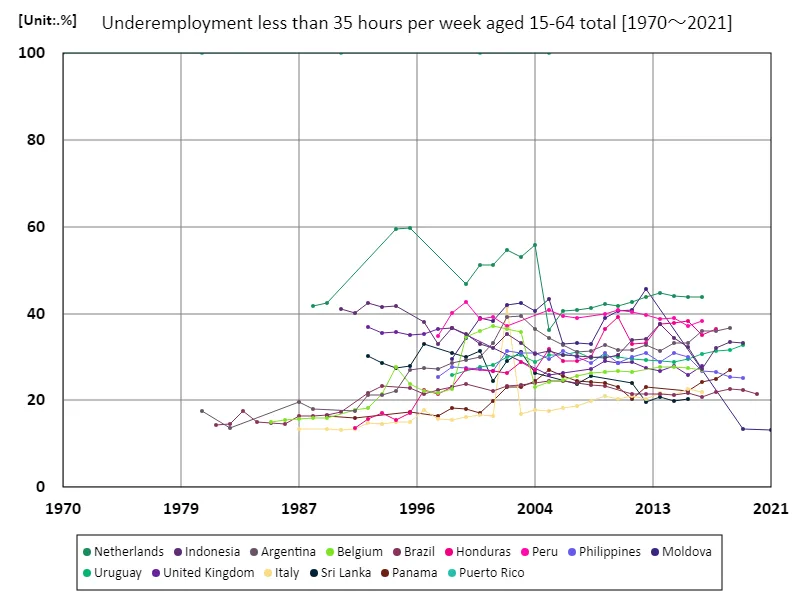

The maximum is 100%[1970] of Puerto Rico, and the current value is about 100%
Underemployed people aged 15-64 years, working less than 35 hours per week (% of working-age population) (World, latest year)
Looking at the 2021 data, there is wide variation across countries in the proportion of 15-64 year-olds who are underemployed (working less than 35 hours a week). Ethiopia in particular has a high figure of 58%, reflecting its stage of economic development and labour market instability. Ethiopia’s situation stands out as the overall average is 29.7%. Countries with high rates of underemployment commonly cite slow economic growth and lack of education and skills as challenges. Additionally, in countries that are highly dependent on agriculture and the informal sector, stable employment is difficult to obtain, which contributes to underemployment. On the other hand, in countries with mature economies, underemployment rates tend to fall due to improvements in labor markets and policy interventions. Furthermore, the overall total of 149% suggests that data may be calculated in duplicate or that underemployed people may have multiple employment statuses, so caution is advised in understanding the accurate employment situation. As such, the situation of underemployment differs depending on each country’s economic background and policies, highlighting the need for each country to take measures to improve the situation.
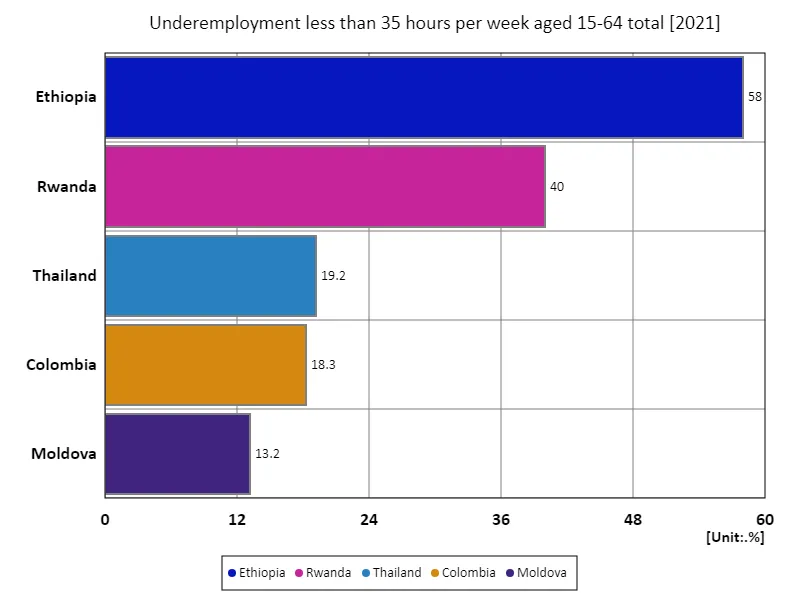

The maximum is 58% of Ethiopia, the average is 29.7%, and the total is 149%
Underemployed people aged 15-64, less than 35 hours per week (percentage of working-age population) (region, latest year)
In 2008, the Central African Republic had the highest proportion of 15-64 year-olds who were underemployed (working less than 35 hours a week) at 30.1%. This figure corresponds to the overall average and total, highlighting the salience of the underemployment problem in certain regions and countries. Underemployment is driven by economic fragility and structural problems in the labor market. In countries like the Central African Republic, political instability, poor infrastructure and limited educational opportunities are major barriers to securing stable employment. With many people relying on informal sector employment, working less than 35 hours a week is common. Similar trends are also seen in other developing countries, where underemployment tends to be high due to seasonality of employment, especially in areas with a large agricultural workforce. To address this, it is important to diversify the economy and improve education and training programs. Overall, the data shows the impact of underemployment on labor market health and highlights the need for policies geared toward sustainable economic growth.
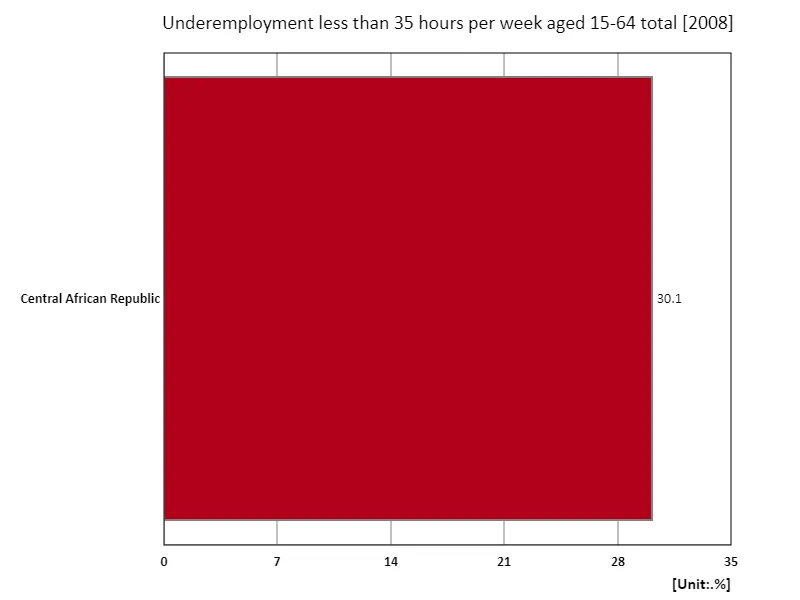

The maximum is 30.1% of Central African Republic, the average is 30.1%, and the total is 30.1%
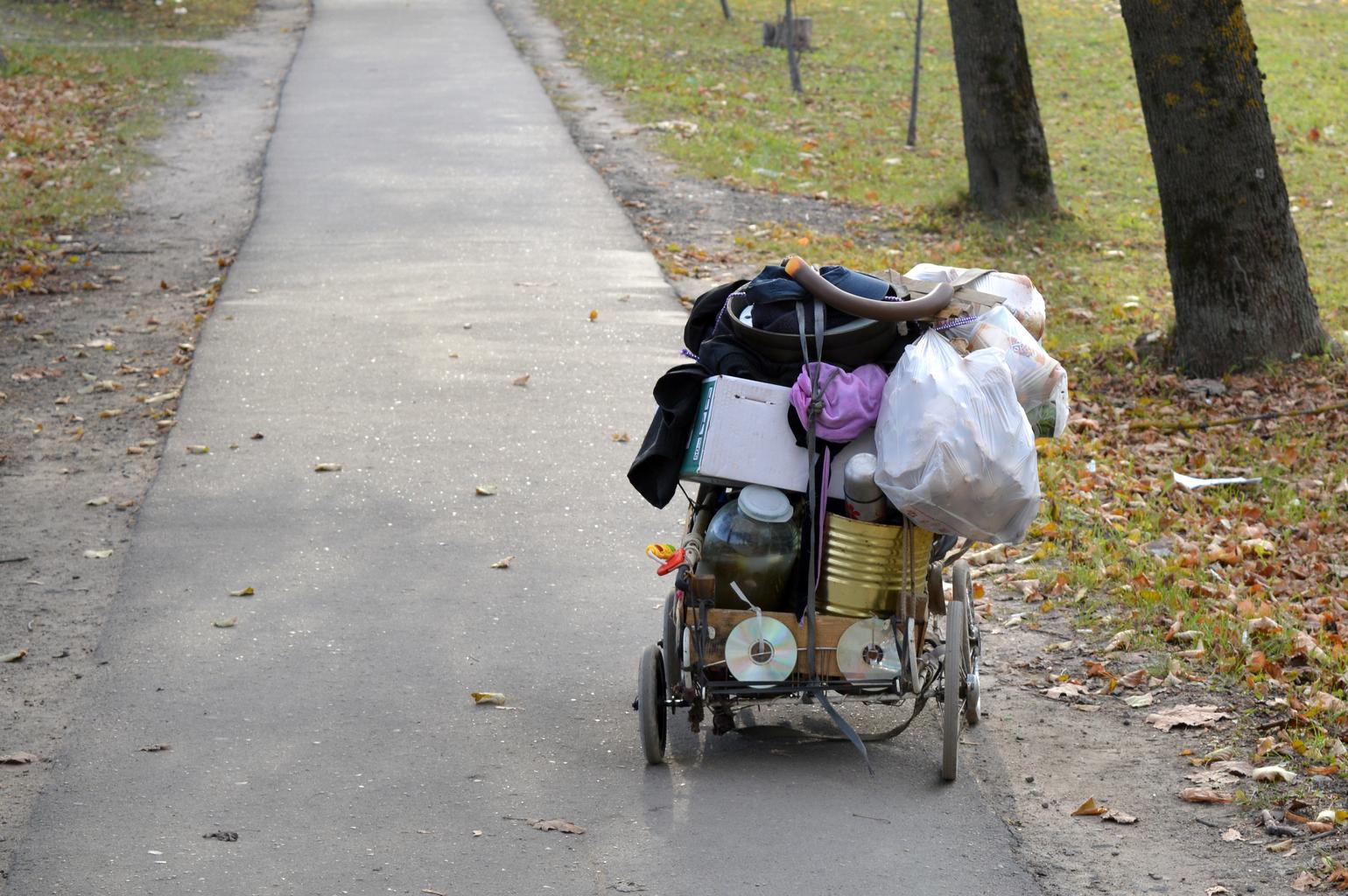


Comments